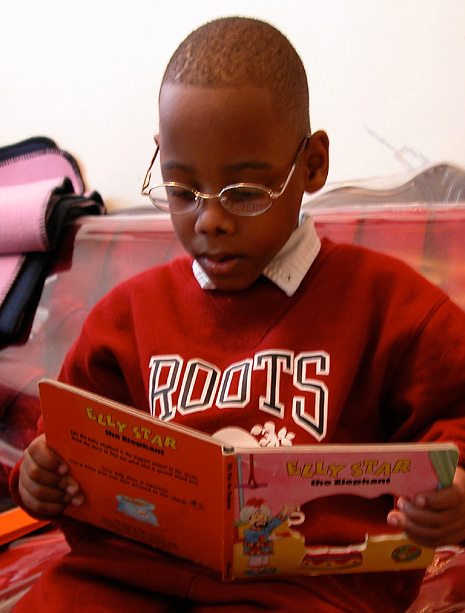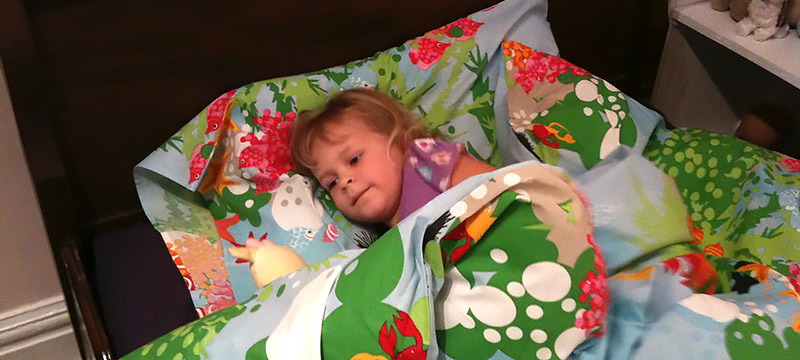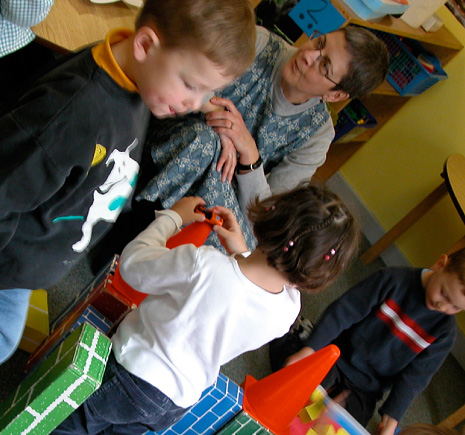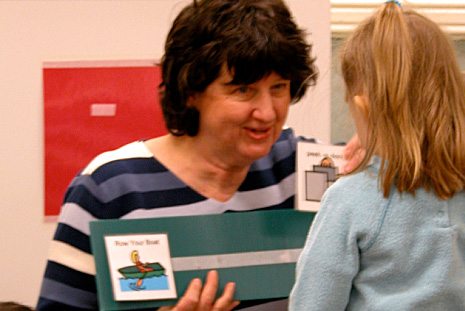
While watching the Self- Esteem workshop we will learn about the importance of building as well as nurturing self-esteem. Building positive self-esteem helps children learn easier and feel valued. The workshop will give us some examples of how to build and nourish children’s opinion of their own worth!
Before the Session Starts:
Materials Required:
- 3 boxes each with one of the following labels “values”, “abilities”, “control”
- Self-Esteem Definitions handout
- Words and pictures from Boardmaker or magazines that indicate fostering self-esteem, e.g., parent holding child, talking to child, listening to child, playing with child, responding to child, giving chances to explore new toys, time to practice new skills, letting child do things independently (dressing, eating), provide choices
- Glue sticks
- Scissors
Workshop Content
Introduction of speakers and content
Good evening everyone. Tonight we will discuss literacy and its relevance to self-esteem. As we know children develop very rapidly in their early ages. This is a crucial time to support children’s developing self-esteem since it will help them to become successful individuals.
In this workshop we are going to discuss literacy as early interaction with words i.e., rhymes, stories, listening and talking. These early interactions help young children become more positive about themselves and others which is the beginning of positive self-esteem.
My role will be to facilitate the discussion, keep us on track, and record some of our thoughts. Let’s begin by introducing ourselves and explaining what we hope to get out of this workshop.
Icebreaker
The icebreaker for this workshop is an activity that encourages participants to feel good about themselves as they talk about a positive experience they had in the past with their child(ren).
Divide the audience into small groups of about two or three. Give them about 5 minutes to share their stories about things that they have done with their child(ren) in the past.
Agenda
- What is self-esteem?
- How to foster self-esteem
- What are the indications for positive self-esteem?
- How does self-esteem help children to learn?
View Slides 1-3
Large Group Discussion:
(Prep: flipchart and markers, Self-Esteem Definitions handout)
Have the group discuss what self-esteem is. Write answers on a flipchart. Be ready to jump into the discussion if the group has a hard time coming up with answers. Possible examples include: confidence to try new things, not giving up too easily, knowing you are worthwhile, feeling secure.
Self-esteem is something you have when you feel good about yourself. It means you feel valued and worthy of respect and love.
Continue talking about the topic “children have positive self-esteem when they…” as you talk about this topic you should show the boxes with the labels to prepare for the activity. Provide the handout with definitions of value, ability, and control.
Children have positive self esteem when they:
- Feel valued and important to someone (show the box with label “VALUE”)
- Feel they can do things (show the box with label “ABILITY”)
- Feel some control over what happens in their lives (show the box with label “CONTROL”)
These are the building blocks for positive self-esteem.
View Slides 4-7
(Prep: flipchart and markers)
Lead a discussion on how parents/caregivers know when their children feel good about themselves. Write answers on the flip chart paper. Examples are: when children approach learning situations with confidence, they are not as afraid to make mistakes, they know that they are good at something.
Small Group Activity:
(Prep: three boxes, markers, Boardmaker pictures, words, blank paper, glue)
Divide the group into three. Each group should receive one box, markers, Boardmaker pictures, words, blank paper and glue.
Each group should discuss some ideas about fostering self-esteem in their particular area.
Value group discusses ideas for helping a child feel valued and puts corresponding words and pictures on the box. The participants are not limited to words and pictures provided, they may add their own using the blank paper.
Ability group discusses ideas for helping a child feel able to do things and puts corresponding words and pictures on the box.
Having control group discusses ideas regarding promoting self-esteem through feeling that they have some influence in their lives.
Large Group Discussion:
Have each group report back regarding answers from their box. Discuss answers.
Building positive self-esteem is an ongoing process. There are many ways parents and caregivers can promote positive self-esteem. The next slides will provide specific examples of nourishing this quality.
View Slides 8-9
Large Group Discussion:
(Prep: flipchart and markers)
What are indicators of positive self-esteem? Record answers on the flipchart.
Expand on answers based on previously mentioned components.
Add examples about the developmental stages, e.g., The “no” stage can indicate level of self-esteem. For example, some children use the word “no” because they think that they can’t do something. Other children say “no” to disagree with something as they are asserting themselves.
The “no” stage can be an issue for many parents but there are activities that provide children the opportunity to answer “no” acceptably. For example, reading or singing rhymes using the wrong words/phrases gives the child an opportunity to correct the adult. This works best with well-known stories or songs.
View Slides 10-12
Making choices, helping parents, having control, completing tasks and projects are some experiences that contribute to building positive self-esteem. These slides also touch on the importance of learning letters and sounds. Getting familiar with letters and sounds at an early stage helps children succeed in language as well as prepares them for academics in later stages.
Large Group Discussion
(Prep: flipchart and markers)
How does self-esteem help children to learn?
Ask the group for ideas then review the main points from the flipchart:
- children with positive self esteem believe they can learn
- they approach learning situation with more confidence
- they are not afraid to make mistakes
- children are eager to learn new concepts
- children with self esteem feel more secure
- self esteem helps children have better social skills
View Slides 13-14
Discuss any questions. Talk about making an ALL ABOUT ME book with their child as mentioned in the previous slides. If parents have access to ConnectAbility there is a sample in the OFF TO SCHOOL section.
Conclusion:
This concludes our workshop on Building Self-Esteem. I would like to thank you for coming to the workshop this evening. Please take a moment to complete a workshop evaluation form.



 Explain how to simplify token economies so that they can be adapted to a greater range of children with intellectual disabilities. You can reference older children and sticker charts. Show several different examples of simplified token economies. Include examples such as an apple picture cut into two halves and/or a bus picture cut into three puzzle pieces. In both examples, the child receives part of the picture as reinforcement for appropriate behaviour. Once the picture is complete, the child gets the item. The item is chosen based on what is highly motivating for the child (a toy, activity, food).
Explain how to simplify token economies so that they can be adapted to a greater range of children with intellectual disabilities. You can reference older children and sticker charts. Show several different examples of simplified token economies. Include examples such as an apple picture cut into two halves and/or a bus picture cut into three puzzle pieces. In both examples, the child receives part of the picture as reinforcement for appropriate behaviour. Once the picture is complete, the child gets the item. The item is chosen based on what is highly motivating for the child (a toy, activity, food). Divide parents into groups of 3-5 people. Each group must select rewards to reinforce the introduction of a new or difficult task. (Possible examples of tasks could be toileting, bedtime routine, safety issues [staying together outside], behaviours such as hitting). Ideally the task chosen should be one that a parent in the group is trying to teach their child. Have the group specify the task, break the task down into smaller steps if necessary and determine how often and for what behaviours the child will be rewarded. Ask them to explain how the reward will be gradually faded. If there is time, a spokesperson for each group can present their plan to the rest of the participants.
Divide parents into groups of 3-5 people. Each group must select rewards to reinforce the introduction of a new or difficult task. (Possible examples of tasks could be toileting, bedtime routine, safety issues [staying together outside], behaviours such as hitting). Ideally the task chosen should be one that a parent in the group is trying to teach their child. Have the group specify the task, break the task down into smaller steps if necessary and determine how often and for what behaviours the child will be rewarded. Ask them to explain how the reward will be gradually faded. If there is time, a spokesperson for each group can present their plan to the rest of the participants.
